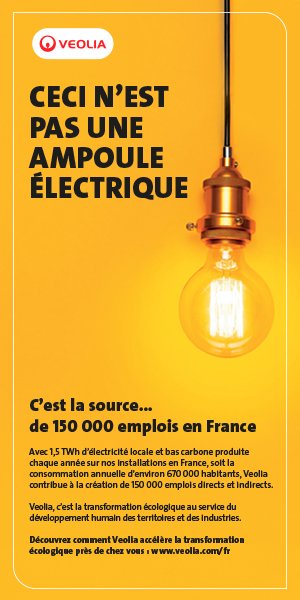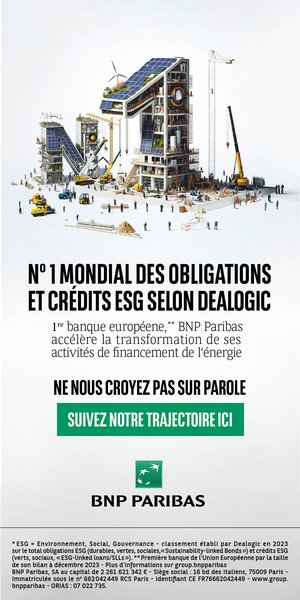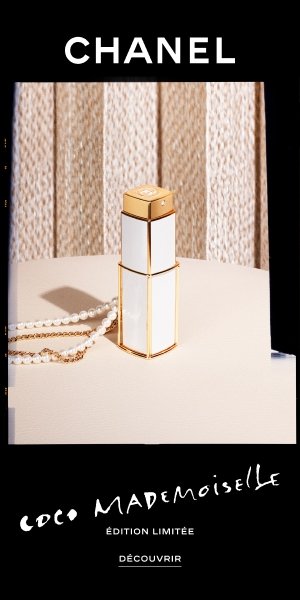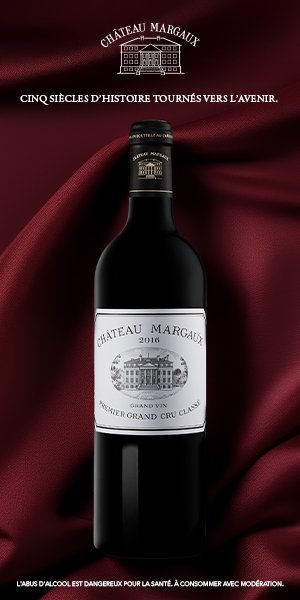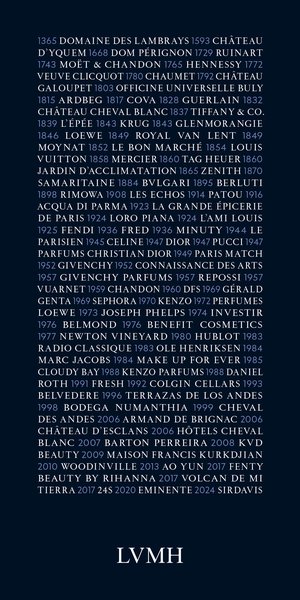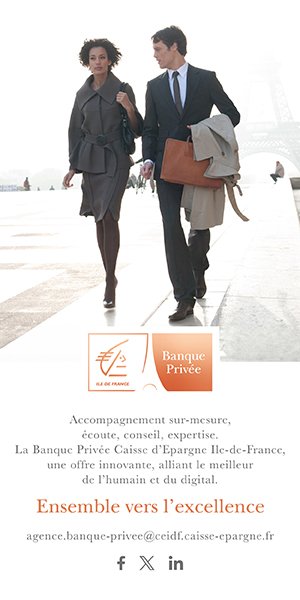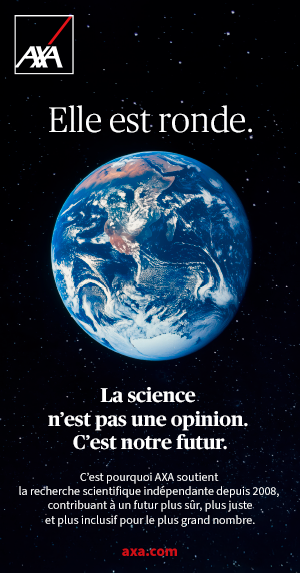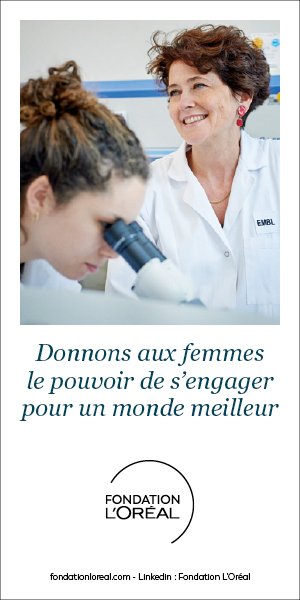Politique Internationale — Globalisation, museum pre-emption, accumulating information on works of art, competition from auction houses: is the art trade riskier today than it used to be?
François Curiel — If by ‘risky’ you mean ‘difficult’, then no, I don’t think it’s any riskier today. I would even go so far as to say that globalisation and technological advances have made it easier to trade works of art, since they have reduced the information asymmetries between the various players in the market. Online databases make it possible to verify the authenticity, provenance and price trends of a large number of works. Blockchain and the use of artificial intelligence are already accentuating this major trend at Christie’s, by helping to trace the provenance of works and confirm their pedigree. This increased transparency facilitates transactions and boosts confidence in the market. In addition, the diversity of auction houses offers a wide range of works and prices, and the growing number of art fairs enables us to reach an increasingly international audience, thus broadening the market.
The rise of China on the art market – which has become, depending on the year, the world’s second or third largest player – has also contributed to this geographical expansion of the art world in recent decades, multiplying the geographical opportunities and depth of the market. This is partly due to a rise in domestic demand, supported by the development of major local auction houses such as Poly Auction and China Guardian. In 2024, according to the latest Art Basel report, global imports of art and antiques have continued to grow for the third consecutive year, up 6% to reach $33 billion, with major importing regions such as Hong Kong maintaining strong demand (1).
P. I. — Is it more risky to find reliable contacts and/or partners?
F. C. — Above all, it’s a question of choosing the right partner or partners. There is a real need for support among individuals wishing to diversify their assets into works of art, and not just for the very wealthy. Works of art are a separate asset class, requiring one or more specialists: in 2024, a quarter of customers said they had relied on advisers to help them decide what to buy. Leading specialists such as Marc Blondeau in Geneva and Sandy Heller in New York have developed highly sought-after consultancies. Solid expertise, coupled with an educated awareness of art and its market, and above all a collector’s eye, are still eminently necessary in this role. Regardless of their financial potential, expert appraisals enable us to grasp the most important aspect of works of art: their humanity, their imperfections and their grace.
P. I. — The art market, a world that stirs up so many emotions and passions: can we talk about it as a generic, well-identified, well-defined entity? Or is it a much more fragmented field?
F. C. — There is not ‘one’ but ‘many’ art markets, depending on whether we’re talking about old, modern or contemporary paintings, or about furniture, jewellery, vintage wines, silverware, design, African art, Asian art – and in Asia, South-East Asia or Japan – or about Islamic art, books or drawings... The list is far from exhaustive. There are as many markets as there are categories of objects, bearing in mind that within each category there are sub-groups. Take classical painting: it can be Flemish, Italian, French, XVIe, XVIIe or XVIIIe ... It is this diversity and richness that means there are many sources of interest in art, and just as many specialists.
P. I. — In the background, there’s always this central question: how much is an art object worth and, consequently, how is its price set?
F. C. — The valuation of a work of art is of course determined by the market. This is the role of our specialists, who take several indicators into account: rarity, condition, provenance and the price obtained by similar objects at other auctions, through professional dealers or at fairs. We also have to take into account the effects of fashion, variations in taste and the phenomenon of recognition that may be more or less belated. Sculptures by an artist such as François-Xavier Lalanne (1927-2008) are now worth several million euros in some cases, compared with just a few tens of thousands of euros twenty years ago. The average price of an object at Christie’s in Paris is €80,000. Many old drawings sell for between €2,000 and €5,000, and Chardin’s Le Melon entamé sold for €26.7 million. So, as you can see, the range is very wide.
P. I. — We’re inevitably tempted to ask you what works, what generates the most enthusiasm today...
F. C. — The 20th and 21st centuries are highly sought-after: Picasso, Klimt and Monet set the three highest prices at auction in 2023. But the same is true of many pieces from the classical arts: the sale of the Rothschild collections in October 2023 in New York attracted the attention of international buyers, with many million-dollar bids for French cabinet-making treasures from the 18th century. Fine pearls, coloured diamonds and vintage jewellery from the 1920s to the 1940s were in great demand. Whatever their artistic category, masterpieces and pieces with exceptional pedigrees are coveted by major buyers active in a variety of collecting fields. The market loves nothing more than great stories and rediscoveries. The magic of provenance, which gives objects an extra touch of soul, multiplies their financial potential.
P. I. —Do people collect for pleasure or for business?
F. C. — Few are the collectors who do not hope that their purchase will be a good investment. But business is not the be-all and end-all, and some collectors have no ulterior motive regarding a financial transaction. Many professionals buy to resell, of course, but they also collect for their own pleasure, purely out of their passion and love for works of art.
P. I. — What are today’s art market hotspots?
F. C. — The major centres are Geneva, Hong Kong, London, New York and Paris. Here again, there is no set answer, and it all depends on what you’re interested in. Our company’s global reach enables us to attract clients from all over the world on every continent, and to capitalise on the strengths and advantages of each region. While New York, Paris and London traditionally organise the largest sales of modern paintings, Geneva remains one of the main centres for watches and jewellery. In less than fifteen years, Hong Kong has become an extremely important centre for Asian art, as well as for jewellery and watches. France is not to be outdone, with its market for African and Oceanic art, as well as design. This is thanks to the aura of designers who have worked in Paris, such as Giacometti, Lalanne, Royère and Perriand, responsible for many record prices in this speciality. Paris is also an exceptional greenhouse for prestigious family collections. Numerous Impressionist and Modern masterpieces discovered in France are sometimes destined to be offered at our New York and London auctions. All this confirms that the markets are totally international.
P. I. — And the main players?
F. C. — Four major segments coexist, represented by auction houses, art fairs, galleries and museums. Each has its own dynamic, with events that fit together like pieces of a complex jigsaw puzzle. As an essential part of this ecosystem, Christie’s now schedules its events in perfect synergy with the international market calendar. In September 2024, the celebration of the 100th anniversary of André Breton’s Manifesto of Surrealism at the Centre Pompidou resonated with exceptional sales at Christie’s in Paris devoted to this movement. In Geneva, GemGenève, a major jewellery fair, coincides with our auction dates. In Hong Kong, we always hold major sales at the same time as Art Basel. The same goes for London and New York. In this way, the auction houses have become key players in the cultural agenda, giving it maximum amplification.
P. I. — What indicators are used to measure the sector’s economic health? Is its vitality indexed against institutional curves related to business?
F. C. — The art world has not taken up residence on a desert island, sheltered from geopolitical upheavals or economic vicissitudes. The market is not detached from events. However, it is not scrupulously indexed to events. These are fairly cyclical markets. For example, in 2024 in Paris, Christie’s had some very fine sales. The Barbier- Mueller collection of African art, estimated at €30 million, fetched some €73 million. And, as I said, Le Melon entamé by Chardin (1699-1779), estimated at €8 million to €12 million, fetched €26.7 million. It is now the most expensive work sold at auction by this artist. In New York, the Eden Rose, a pink diamond weighing 10.20 carats, fetched 13.3 million dollars, the most expensive jewel sold at auction in the first half of the year. For the first six months of 2024, the hammer price was 111% higher than the low estimate for each item. In 2023, for the same period, it was 107%.
P. I. — Is the recent downturn in the market a cause for concern??
F. C. — It is due solely to the fact that fewer masterpieces were offered for sale in 2024. Some sellers took a wait-and-see attitude, taking inflation and the macroeconomic climate into account. They thought it was not the best time to sell. The market has been very resilient since the start of the year. There is one very encouraging indicator: more than 87% of works on offer found buyers – the same figure as in 2023, which attests to particularly buoyant demand.
P. I. — What are the profiles of sellers? And those of buyers?
F. C. — A seller turns to an auction house when he decides to part with one or more works of art. This may be at the time of a change of lifestyle, an inheritance or when they feel that certain objects in their collection have reached a much higher price than they had estimated.
For buyers, the typology is more difficult to establish, and we need to look at things market by market. In the first half of 2024, 43% of buyers were millennials or belonged to generation Z. And 82% of bids were received online. This diversification is due to the rise of digital technology: thanks to online sales, the profile of buyers is constantly changing.
P. I. — Why do people go to one auction house rather than another?
F. C. — A buyer goes to the house that’s putting the object he wants up for sale. There’s no loyalty on that side, it’s the object that comes first. For a seller, it’s different. They are interested in their relationship with the sales expert, their contacts with the company’s management and the department’s reputation in the field. They are also interested in the promotion plan, the choice of auction room where the sale will take place, the choice of auctioneer and, finally, the financial terms being offered.
P. I. — Is the insurance system well defined? Who pays for what? Are rates high?
F. C. — Every item submitted to Christie’s for sale is insured at the average estimate for the item. This risk passes to the buyer once the hammer falls. A seller does not therefore have to worry about insuring his objects when they are entrusted to us.
P. I. — At more or less regular intervals, stories of counterfeiters make headlines in the art world. How can we stave off the risk of objects being misrepresented?
F. C. — Counterfeiters and forgeries have existed since the world began. Today, however, there are far more firewalls. The internationalisation of the art market, the circulation of information, the consolidation of databases and the density of the network of experts all combine to give us a precise view of the objects offered for sale around the world. We also work closely with the OCBC (2), a police service that is particularly effective in the fight against theft and artistic counterfeiting. In short, whether it comes from our company, government departments, independent experts or even social networks, where we have over six million subscribers, there is always a voice to raise the issue. And they are taken into account.
P. I. — Attacks on works of art are not uncommon either. Apart from cases of theft, there are also activists who directly threaten the integrity of objects through actions that they want to be spectacular. Are these high-profile operations symptomatic of our times? Are the conditions of protection sufficient?
F. C. — History teaches us that malicious acts make their victims – the paintings – more famous than their perpetrators, and that they are more a symptom of a destructive madness than of an era. Since you mention thefts, think of the abduction of the Mona Lisa in 1911, which contributed to the legend of the work. And if we go back in time, Savonarola’s bonfire of the vanities in Renaissance Florence reminds us that the destruction of art objects in the service of a political ideology is nothing new. Artefacts of beauty in a fragile and endangered world, art objects have now become the targets of environmental activists. While no-one is ever sufficiently armed to deal with this new form of vandalism, the penalties do exist, and vigilance is being stepped up in exhibition venues, which are well aware of the risk.
P. I. — Generally speaking, is it riskier to protect the integrity of works of art? We are all aware of the logistical constraints, the demands of presentation, the density of visitor numbers...
F. C. — I think that works of art have never been as well protected as they are today: the materials used for transport have evolved a great deal; crates and supports are specially designed to absorb shocks, and specialist insurers offer tailor-made cover, adapted to the value, rarity and fragility of the pieces. Conservation methods are also more sophisticated (3), and security has also taken a quantum leap forward, with modern alarm systems and constant surveillance. Finally, when it comes to visitor numbers, institutions have armed themselves with strategies to manage the flow of people, and reserved visiting times help to keep traffic flowing while preserving the integrity of the works. The Musée d’Orsay, for example, boasted an all-time attendance record for the ‘Van Gogh at Auvers-sur-Oise’ exhibition, which attracted more than 800,000 visitors in five months, with no overflow of any kind. In Paris, the Bourse de Commerce put in place a similar system for the ‘Arte Povera’ exhibition, ensuring that visitors enjoyed a very comfortable visit. At a time of mass cultural tourism, the biggest museums are at the forefront of such problematics.
P. I. — On a personal level, what interests you so much in this environment? How do you keep your curiosity alive?
F. C. — The discovery of an object or collection that I didn’t know existed – or that I did know existed but didn’t know where it was located. Then, if the seller wants to sell it, I have to organise the auction or private sale of these objects, which are sought after by collectors and professionals in the trade. Finally, there’s the psychological side of negotiating with the seller. One of my auctioneer colleagues, when asked what he did for a living, replied: ‘a collector’s psychologist’!
P. I. — It’s not a big mistake to say that the art market holds a kind of fascination. Many representatives of the new generation would like to work there. What advice would you give them?
F. C. — There is no one school that predisposes you to this world. The best specialists often start at the bottom and are passionate about what they do. I remember my first steps: I was a bit of a telegraph boy between the customers and the head jewellery expert. I would receive the sellers, present their jewellery to the chief expert and come back to take the valuation to the owner. That’s how I learned my trade. Then, after three months, I thought I knew everything. A customer brought me in a ruby and diamond bracelet that I estimated at £3,000. My boss estimated it at £1,000, but I tried to explain to him why A+B meant it would fetch at least £3,000. He was sceptical, but let me do it. Three months later, the item reached £1,200 and remained unsold. This anecdote shows that it takes many years to become a specialist. And to answer your question, you need to have a favourite field, and to study and study again the history of the area of expertise that interests you.
P. I. — Finally, what about sustainable development in the art market? How is your sector tackling environmental issues?
F. C. — The case I know best is that of Christie’s, and I can assure you that we are pioneers in this ecological approach among auction houses. We have set ourselves the ambitious target of achieving zero net carbon emissions by 2030. Each year, we publish a sustainable development report that takes stock of all the company’s activities. The report examines a wide range of issues, from the use of buildings to the transport of works of art, employee travel and the organisation of events. The conclusion is that we are making significant progress, reducing our footprint through tangible actions such as drastically reducing the use of paper catalogues, adopting a more rigorous travel policy, and optimising the energy flows of our premises... Our company has made this a key part of its development strategy.
(1) See : The Art Basel and Survey of Global Collecting, 2024.
(2) Office central de lutte contre le trafic des biens culturels.
(3) François Curiel refers in particular to temperature and humidity control.
